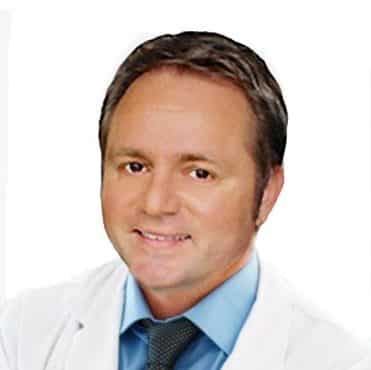One of the main directions of the clinic is the performance of particularly complex dental operations, as well as manipulations associated with one or another stage of the installation of dental implants, which require significant experience and high qualifications.
Bone augmentation and transplantation
One of the most important stages in the installation of implants is the preparation of bone tissue.
Because tooth loss thins the jawbone at the site of the planned implant placement, this often requires bone augmentation. Depending on the size of the bone defect and the chosen implant, different materials or grafts are used: xenogenic (chemically modified products of animal origin) or alloplastic (synthetic). Own bone tissue is also ideal for building bones and is still considered the gold standard. The material can be obtained as bone chips or as a piece of bone from the lower jaw (J-graft). Your own pelvis is also an excellent donor for defects in larger bone structures.
In ridge augmentation (jaw augmentation), bone material or bone implant is placed on the broken or resorbed remaining ridge.
Sinus lift
Sinus lift surgery is performed before or during implant placement in the posterior region of the upper jaw. This is the raising of the bottom of the maxillary sinus with a simultaneous build-up of the bone structure. The mucous membrane of the maxillary sinus (the so-called Schneider's membrane) is carefully separated from the bone. The space thus created can then be filled with a bone substitute, one's own bone, or a combination of the two.
Lifting the bottom of the nasal cavity
The operation is a bone augmentation in the upper anterior part of the jaw with a reduced alveolar ridge. By placing a bone substitute material or bone chips between the nasal mucosa and the upper jaw, it is possible to achieve expansion (lengthening) of the implant bed in this area.
Apexectomy (resection of the apex of the tooth root))
If the disease of the tooth caused by caries or periodontitis is so advanced that the usual measures to preserve it no longer lead to success, then in some cases surgical methods of saving the tooth can be used. One possibility is the so-called root resection. In this case, the gingival mucosa is opened in a minimally invasive way, and the root tip is removed through the bone. At the same time, inflamed tissues are also removed (apical granuloma or radicular cyst), and the root stump, after careful preparation and sanitation, is sealed with a filling. Our clinic uses a surgical microscope to perform the procedure with the greatest precision and visibility.
Implants in High Risk Patients
Implantation in patients with insulin-dependent diabetes mellitus, in patients receiving long-term cortisone therapy, radiation therapy, bisphosphonate therapy, monoclonal antibody therapy and immunosuppressants.
In patients undergoing long-term anticoagulant therapy that cannot be interrupted, it may be necessary to perform some stages of implant treatment in a hospital setting.
Video
Request appointment
Useful links
Photo gallery







